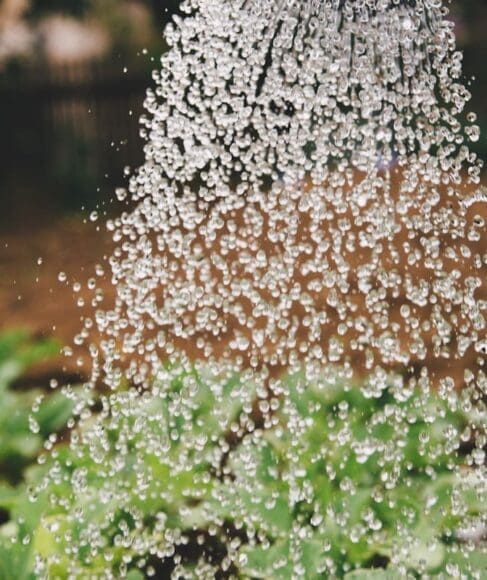Cactus Care: Low Maintenance Beauty
It is true that cactus plants are quite beautiful, but you must remember that they are exotic flowers that can be quite difficult to maintain.
If you're new to cactus gardening, read on for some basic tips for success. There is also a lot to learn about the different types of cacti and how they are best cared for.
Before you start growing cacti, you should do your homework to learn all you can about this fascinating plant. If you don't, you will probably end up with a bunch of unhappy plants.
There are many types of cacti
Some of the most common cactus varieties are Sedum, Chlorophytum, and Myristica. These normally grow in the desert and often look like thorns, making them easy to recognize. However, cactus areolas come in a wide variety of colors and shapes. They come in the standard cactus shape (upright), tall cactus shape (sometimes called a saddle plant), the long cactus shape (longer than tall), and succulents, which look a lot like miniature cacti. .
Most cacti can be successfully maintained with proper care.
Contrary to popular belief, cacti do not require continuous feeding throughout the year, only once or twice a year. Some varieties of cacti can bloom at various times of the year and can bloom longer during the summer than in other months. This is due to a dormant period that occurs in late winter and early spring. This period can last for several weeks, and during this time many of the roots will be in a dormant phase. Watering at this time will help dormant roots regain strength and allow them to flower again.
Most succulents prefer full sunlight and will do best in areas that receive large amounts of natural sunlight. If you live in an area where it snows or has very cold winters, consider planting it in a shady area or try growing it in pots, which will give it the light it needs. It will also allow you to keep soil temperatures warm, allowing you to bloom more intensely. Some species of cacti, especially succulents, are sensitive to high temperatures and can even die if exposed to too much heat. Pots also allow you to keep the soil temperature moderate, while allowing you to water less frequently.
When you water your cactus, be sure to do it well, being careful not to splash water on the leaves or stems. Do this once a day, keeping the water in a moist, rolling mass until the soil is almost dry. You should water the cactus enough to saturate the soil, but not excessively. It is best to water cacti only once every five days. If you water it more often than this, the roots can be overwatered and die, and new cactus growth will stunt if not protected with a trellis.
If you have deciduous or gymnocalycium cacti, be sure to prune them regularly, removing the old canopies and leaving the young canopies intact. This will help prevent them from drying out. This is also the best time to thin the soil and add the desired amount of topsoil, which will help them retain moisture better.
Other common pests include aphids, mealybugs, mealybugs (which eat cactus leaves), psilia, whiteflies, thrips and ants. Aphids, mealybugs, mealybugs, and whiteflies can be controlled with chemical pesticides, while ants tend to be more difficult to treat due to their habit of living underground. However, if left to their own devices, cactus aphids can destroy an entire cactus bed.
If you have concern about the bill of the water, but you want a beautiful garden, cacti are an excellent option!
If you have any problems with cacti, don't hesitate to contact a local gardening service. They are equipped to give you expert advice and can help you decide what your cactus needs are and how to care for them to ensure a healthy, disease-free plant throughout its life cycle.
While some species require little maintenance, such as the cactus spot, others are more delicate and need regular watering, light feeding, and occasional trimming.
You should never attempt to cut a mature cactus unless you have the proper equipment, knowledge, and skill. And remember: never dig up a cactus until it has fully bloomed and is totally dry!
Frequently asked questions from our readers:
Last modified: April 14, 2024










